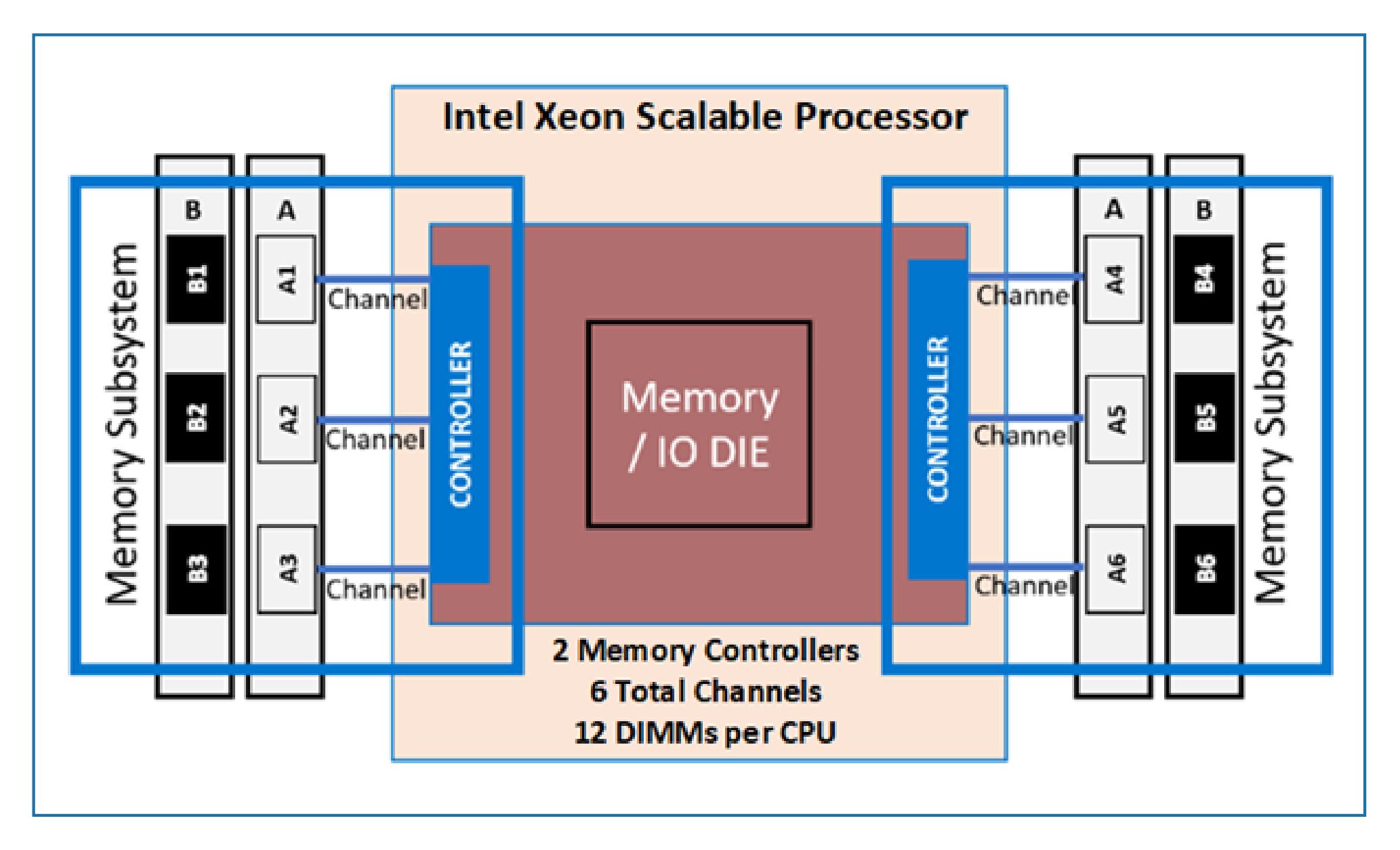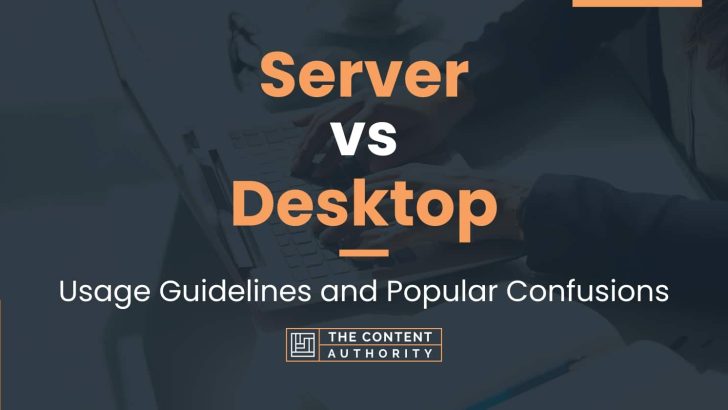Server Configuration Confusions: Setting Up Servers For Optimal Performance

Configuring servers to ensure optimal performance can be a complex and challenging task, often leading to confusions and misunderstandings. To address these confusions, it is crucial to understand the key aspects of server configuration and the impact of various settings on system performance.

Common Server Configuration Confusions:

-
Overprovisioning vs. Underprovisioning Resources: Determining the appropriate amount of resources (RAM, CPU, storage) to allocate to a server can be a balancing act. Overprovisioning can lead to resource wastage, while underprovisioning can result in performance bottlenecks. Finding an optimal balance is essential for maximizing efficiency.
-
Network Configuration Bottlenecks: Improper network configurations, such as incorrect IP address assignment, port conflicts, or low bandwidth, can severely hinder server performance. Understanding network protocols, assigning ports efficiently, and optimizing bandwidth utilization are crucial for ensuring seamless data transfer.
-
Security vs. Performance Trade-offs: Implementing security measures, such as firewalls, intrusion detection systems, and encryption, is essential to protect servers from threats. However, these measures can introduce performance overhead, increasing latency and resource consumption. Finding a balance between security and performance is a delicate task.
-
Virtualization Complexity: Virtualization environments offer benefits such as resource pooling and isolation, but they also introduce additional configuration complexities. Understanding the impact of virtualization on CPU utilization, memory management, and storage performance is essential for optimizing virtualized environments.
Best Practices for Optimal Server Configuration:
-
Resource Monitoring and Performance Profiling: Continuously monitoring server resources and performance metrics allows administrators to identify potential issues and make informed configuration adjustments. This helps prevent over or underprovisioning and ensures optimal resource allocation.
-
Benchmarking and Performance Testing: Conducting regular benchmarks and performance tests provides insights into the actual performance of a server and can help identify performance bottlenecks. This information can be used to fine-tune configurations and optimize resource utilization.
-
Load Balancing and High Availability: Implementing load balancing techniques and high availability features can enhance server performance and ensure uninterrupted service in the event of failures. Load balancing distributes incoming traffic across multiple servers, maximizing resource utilization, while high availability ensures service continuity even when individual servers experience outages.
-
Regular Software and Firmware Updates: Keeping server software and firmware up-to-date is essential for maintaining optimal performance and security. Updates often include bug fixes, performance enhancements, and security patches that can significantly impact server efficiency and reliability.
-
Consulting with Experts: In complex server configurations or when encountering specific performance challenges, consulting with experienced server administrators or performance engineers can be invaluable. External expertise can provide customized recommendations and help resolve issues quickly and effectively.
Conclusion:
Configuring servers for optimal performance requires a deep understanding of the underlying technology and the impact of various settings. By addressing common confusions, utilizing best practices, and seeking expert guidance when necessary, administrators can ensure that their servers operate efficiently and deliver optimal performance for their intended applications. Regular monitoring, performance testing, and proactive maintenance are key to maintaining server health and ensuring continued optimal performance over time.
